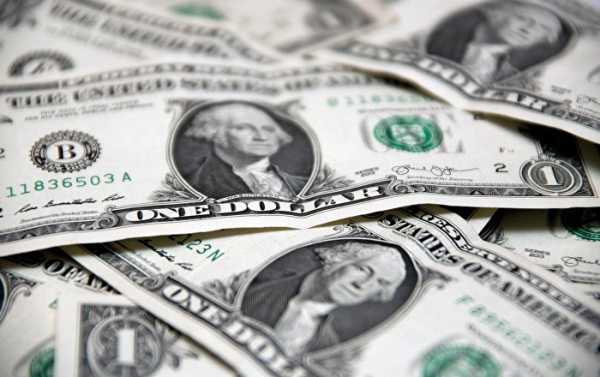
A surging US dollar is stirring anxiety amongst emerging market (EM) investors, who are bracing for a new wave of global currency devaluations aimed at offsetting the possible negative effects of the rising dollar to international trade and capital flows.
Kristian Rouz – The ongoing appreciation of the US national currency has produced a sharp re-evaluation of risks in the emerging markets (EM) over the past four weeks, resulting in higher borrowing costs in EM economies, which, in turn, has affected their investment appeal and GDP growth prospects.
“We have turned slightly negative in the short run for emerging markets on the back of a stronger dollar and portfolio outflows,” Guillaume Tresca of Credit Agricole SA in Paris, France said.
The dollar’s gains – stemming from the Federal Reserve’s ongoing normalization of interest rates – come in tight conjunction with two other developments, which are paradoxical at first sight.
First, international oil prices have increased, with the Brent oil benchmark surpassing the $80/bbl threshold last week. Gains in oil prices have coincided with a devaluation of the US dollar over the past three decades, as part of the petrodollar system. However, the recent developments are suggesting the rising oil output over the past two weeks has disrupted the dollar-oil price correlation.
Second, the rising 10-year Treasury bond yield, coupled with a decline in US government bond value, would suggest a decline in the dollar’s FX rate as well. Yet, developments of the past four weeks have suggested quite the opposite. This comes as the Federal Reserve is gradually reducing its holdings of US debt, whilst still remaining on course to further increasing interest rates – an unprecedented coincidence.
The Fed’s US bond holdings dropped from some $4.5trln in 2016 to some $4.37trln earlier this year.
Some investors, however, say the dollar’s strength is temporary, and the greenback is in for an impending reversal once the global capital flows adjust to the recent changes in international trade.
“The strength in the dollar probably surprised us a little bit,” Jim Schaeffer of Aegon Asset Management in Chicago said. “When the dollar is doing well against major currencies, the weight is on emerging markets. We see this as relatively transitory and for the dollar to weaken against major currencies through 2018.”
These developments suggest near-term expectations of the dollar’s FX rate are increasingly unpredictable due to the unprecedented path of US monetary policy. EM investors are concerned, however, as developing nations are exposed to foreign currencies and hold an average of 40 percent of their foreign assets in the form of reserves. The figure is only 5 percent for advanced economies.
Additionally, US companies have been aggressively deleveraging in recent months, opting to repatriate their capital instead of issuing domestic bonds – due to US President Donald Trump’s tax cuts. This means an even higher demand for the dollar amid the shrinking supply outside of the US, pushing the US currency higher against its peers.
In this light, developing nations have two possible options. The first would be a greater devaluation of their own currency in an effort to boost exports and attract an influx of international capital – a scenario tested back in 2015 by the Eurozone, Mainland China, Brazil and several other advanced and developing economies.
This option, however, might not be as viable in the face of possible disruptions in international trade stemming from the ongoing US-China trade dispute.
A second option would be, at first glance, counterintuitive, which is defending the local currency by selling dollar assets.
“A strong USD, which is bullish for bonds, in terms of global sponsorship, is also bearish for EM currencies, and reserve managers there are likely to defend local currencies by selling US assets,” Aleksandar Kocic of Deutsche Bank wrote.
This might level out the playing field for currency investors and traders, and possibly slow or reverse the repatriation of US capital. However, there is little clarity over the possible effects of such a strategy, meaning a wave of devaluations is deemed more likely.
Sourse: sputniknews.com






